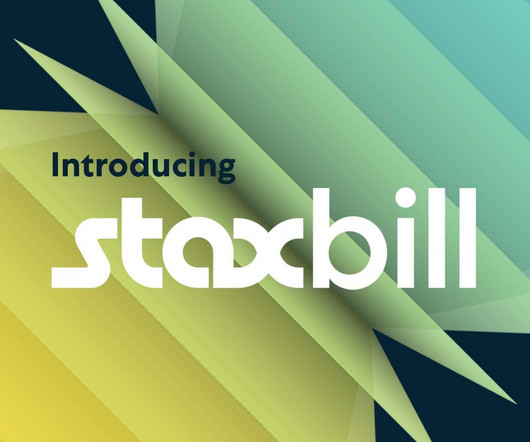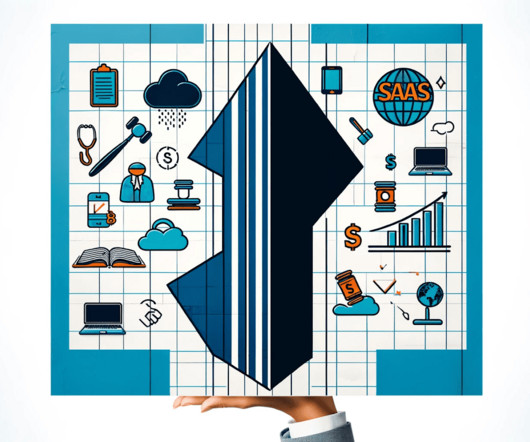Empowering Your Business with Stax Bill: A Comprehensive Guide to Billing Platforms
Stax
JANUARY 29, 2024
As industry leaders in billing software, our mission is to help our customers work more efficiently, recover more revenue, and effortlessly collect invoices. Choosing the best billing solution involves a strategic evaluation of your business needs, scalability, vendor reputation, and pricing models.















Let's personalize your content